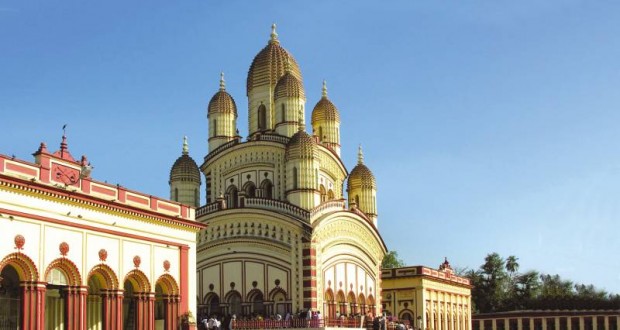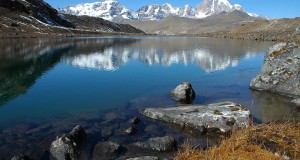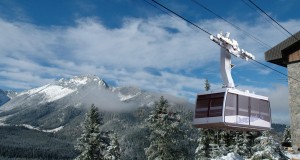kolkata is concentrated India—an intense, vital and overcrowded city of 11 million inhabitants. It is the country’s largest city and one of the most populous in the world Here are gathered India’s finest artists and musicians, scholars and poets, and her most desperate, poverty-stricken slums. Full of holy men, gurus and street temples. kolkata has been called the soul of India, 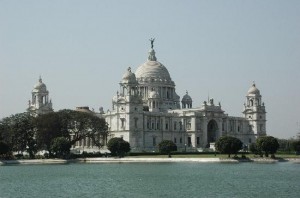 but it is also her conscience. The contrasts between rich and poor, educated and ignorant, old and new, are here more stark and discordant than in any other Indian metropolis. The grand old monuments of the Raj—the Victoria Memorial, the High Court, even Writers Building—tower in frightening relief above a grey backdrop of shanty-towns and shattered pavements. Crumbling Georgian mansions look over narrow, festering bazaars. Dust-red London buses crawl alongside hand-drawn rickshaw carts through teeming highway& Busy coffee houses, buzzing with sophisticated literary debate, look out onto streets littered with uneducated poor. And just down the road from modern Chowringhee, with its glittering Western-style hotels and shopping arcades, there is primitive Kalighat, with its filth, ordure and animal sacrifices. kolkata is the distillation, good and bad, of India—and no visit to the country is complete without seeing it.
but it is also her conscience. The contrasts between rich and poor, educated and ignorant, old and new, are here more stark and discordant than in any other Indian metropolis. The grand old monuments of the Raj—the Victoria Memorial, the High Court, even Writers Building—tower in frightening relief above a grey backdrop of shanty-towns and shattered pavements. Crumbling Georgian mansions look over narrow, festering bazaars. Dust-red London buses crawl alongside hand-drawn rickshaw carts through teeming highway& Busy coffee houses, buzzing with sophisticated literary debate, look out onto streets littered with uneducated poor. And just down the road from modern Chowringhee, with its glittering Western-style hotels and shopping arcades, there is primitive Kalighat, with its filth, ordure and animal sacrifices. kolkata is the distillation, good and bad, of India—and no visit to the country is complete without seeing it.
The first settlement here was in 1690, when the East India Company—abandoning their earlier trading post at upriver Hooghly—sent their agent Job Charnock south to occupy the three fishing villages of Sutanati, Govindpur and Kalikata. The name of the latter was later corrupted to kolkata. In 1696, with the construction of a small fort here—Fort St William, near present Dalhousie Square—the British Empire in India was born. It grew steadily for a time, then was attacked by the Nawab o  f Murshidabad. The young Clive raced up from Madras in time to save the fort, but too late to save a number of its residents from suffocating to death in an underground cellar (later known as the Black Hole of kolkata). In 1772 the strengthened fort and town became the capital of British India, and received its first Governor, Warren Hastings. During the later 19th century it advanced rapidly as a commercial and political centre becoming the Second City of the British Empire, then became a focus of agitation for Indian independence. This sparked off the move of the British Raj to Delhi in 1911, and kolkata lost its political throne. Soon after, during the Second World War, it lost its trade supremacy also—to the industrial new-boy Bombay—and began to crumble and decay.
f Murshidabad. The young Clive raced up from Madras in time to save the fort, but too late to save a number of its residents from suffocating to death in an underground cellar (later known as the Black Hole of kolkata). In 1772 the strengthened fort and town became the capital of British India, and received its first Governor, Warren Hastings. During the later 19th century it advanced rapidly as a commercial and political centre becoming the Second City of the British Empire, then became a focus of agitation for Indian independence. This sparked off the move of the British Raj to Delhi in 1911, and kolkata lost its political throne. Soon after, during the Second World War, it lost its trade supremacy also—to the industrial new-boy Bombay—and began to crumble and decay.
Today, all that remains of its glorious past is a series of yellowing classical palaces and more British clubs than any other Indian city. But kolkata remains a major centre of art, letters and industry, and its vital colonial heritage of political/intellectual activity remains intact. The fundamental problem is one of overcrowding: hordes of new refugees pour in daily, and there is nowhere for them to live. They spill out onto the street, and traffic and communications grind to a halt. Municipal maintenance is a thing of the past, and kolkata’s reputation now rests not on the m ight of empire but on the horrors of over-urbanisation. Floods, famine, pollution, power-cuts, and unemployment are regular hazards tolerated, even expected, by the city’s burgeoning population, yet few of them would prefer to live anywhere else. ‘We’re used to seeing kolkata the way it is,’ commented prominent city-poet Shakti Chattopadhyay, ‘which means kolkata will have slums, just like pockmarks on a face. There sill be dirt, traffic jams, garbage, rickshaws, trams. If 40 000 people depend on garbage as a source of livelihood, then arrangements shouldn’t be made to dispose of the rubbish… Actually, it is a blessing that the slums are still around; you can get cheap domestic help here—unlike in Delhi.’
ight of empire but on the horrors of over-urbanisation. Floods, famine, pollution, power-cuts, and unemployment are regular hazards tolerated, even expected, by the city’s burgeoning population, yet few of them would prefer to live anywhere else. ‘We’re used to seeing kolkata the way it is,’ commented prominent city-poet Shakti Chattopadhyay, ‘which means kolkata will have slums, just like pockmarks on a face. There sill be dirt, traffic jams, garbage, rickshaws, trams. If 40 000 people depend on garbage as a source of livelihood, then arrangements shouldn’t be made to dispose of the rubbish… Actually, it is a blessing that the slums are still around; you can get cheap domestic help here—unlike in Delhi.’
Despite its notoriety, kolkata comes as a pleasant surprise to many foreigners. Americans seem to enjoy it because it reminds them of New York—big, actionacked and very volatile. Aus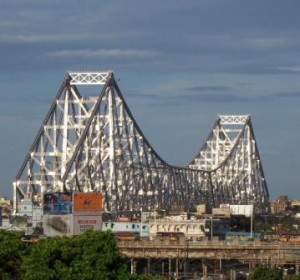 tralians tend to hate it, for precisely the same reasons! There are many long-stay travellers here, either working for Mother Teresa and her Sisters of Mercy in the slums, or receiving tuition from kolkata’s top sitar and tabla musicians. Tourists passing through find the noise and crowds either stimulating or overpowering, but they generally feel safe. The Bengalis are a civilised, friendly people; busy and familiar with foreigners, invariably polite and keen to help when you’re in a spot. The only thing they don’t like is visitors pointing cameras at the poorer sections of their community. Wandering the eked streets, you’ll need to be sensitive to this; for alongside scenes of courage, ghter and simple natural beauty there are disturbing, harrowing scenes of an tragedy and suffering. Uniformed rich school children file down one side the street on their way to a posh seminary, while on the other side lie ragged hins living on the bottom, bottom line. Simultaneously beautiful and ugly, kolkata leaves nobody unaffected.
tralians tend to hate it, for precisely the same reasons! There are many long-stay travellers here, either working for Mother Teresa and her Sisters of Mercy in the slums, or receiving tuition from kolkata’s top sitar and tabla musicians. Tourists passing through find the noise and crowds either stimulating or overpowering, but they generally feel safe. The Bengalis are a civilised, friendly people; busy and familiar with foreigners, invariably polite and keen to help when you’re in a spot. The only thing they don’t like is visitors pointing cameras at the poorer sections of their community. Wandering the eked streets, you’ll need to be sensitive to this; for alongside scenes of courage, ghter and simple natural beauty there are disturbing, harrowing scenes of an tragedy and suffering. Uniformed rich school children file down one side the street on their way to a posh seminary, while on the other side lie ragged hins living on the bottom, bottom line. Simultaneously beautiful and ugly, kolkata leaves nobody unaffected.

